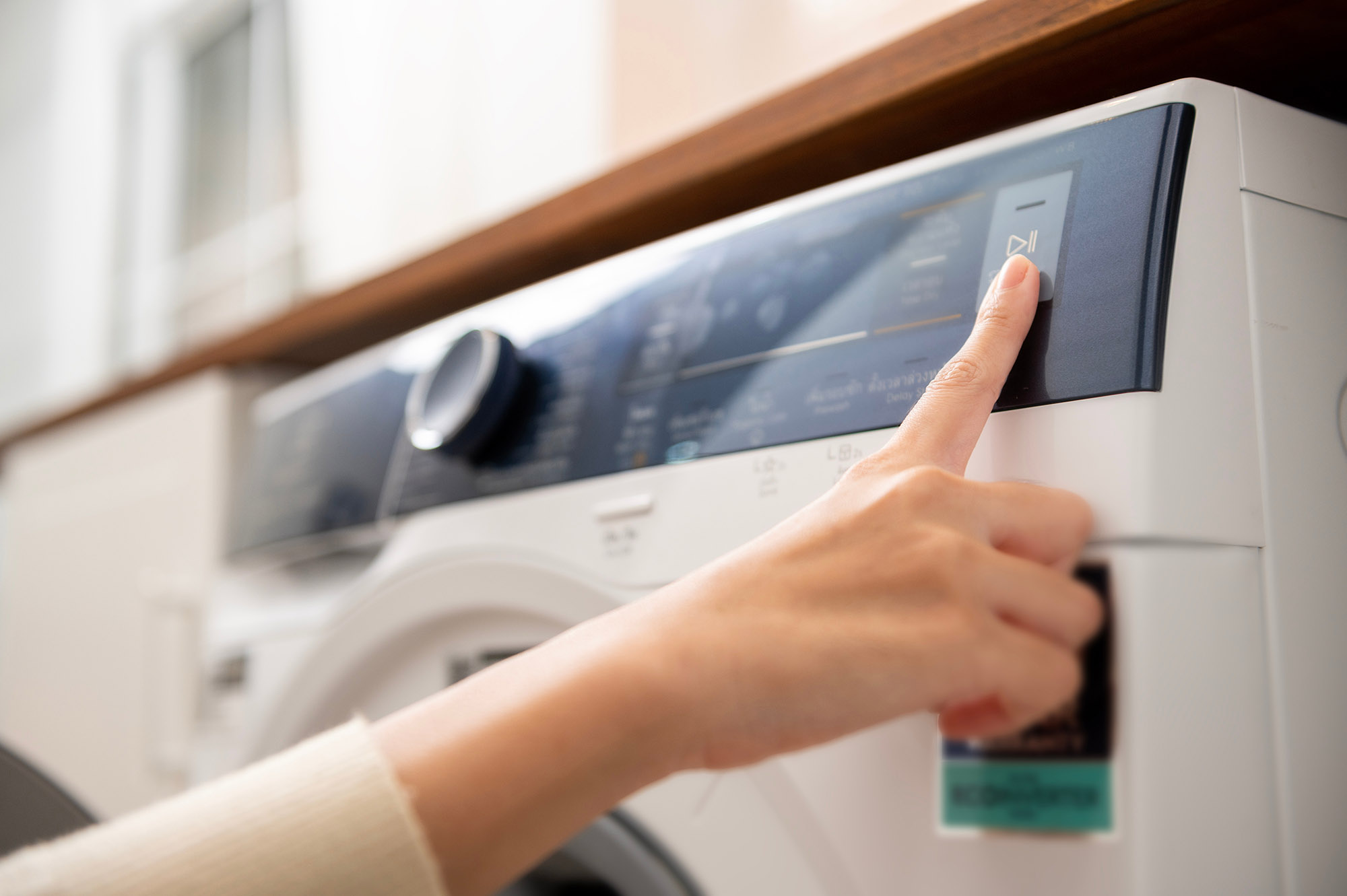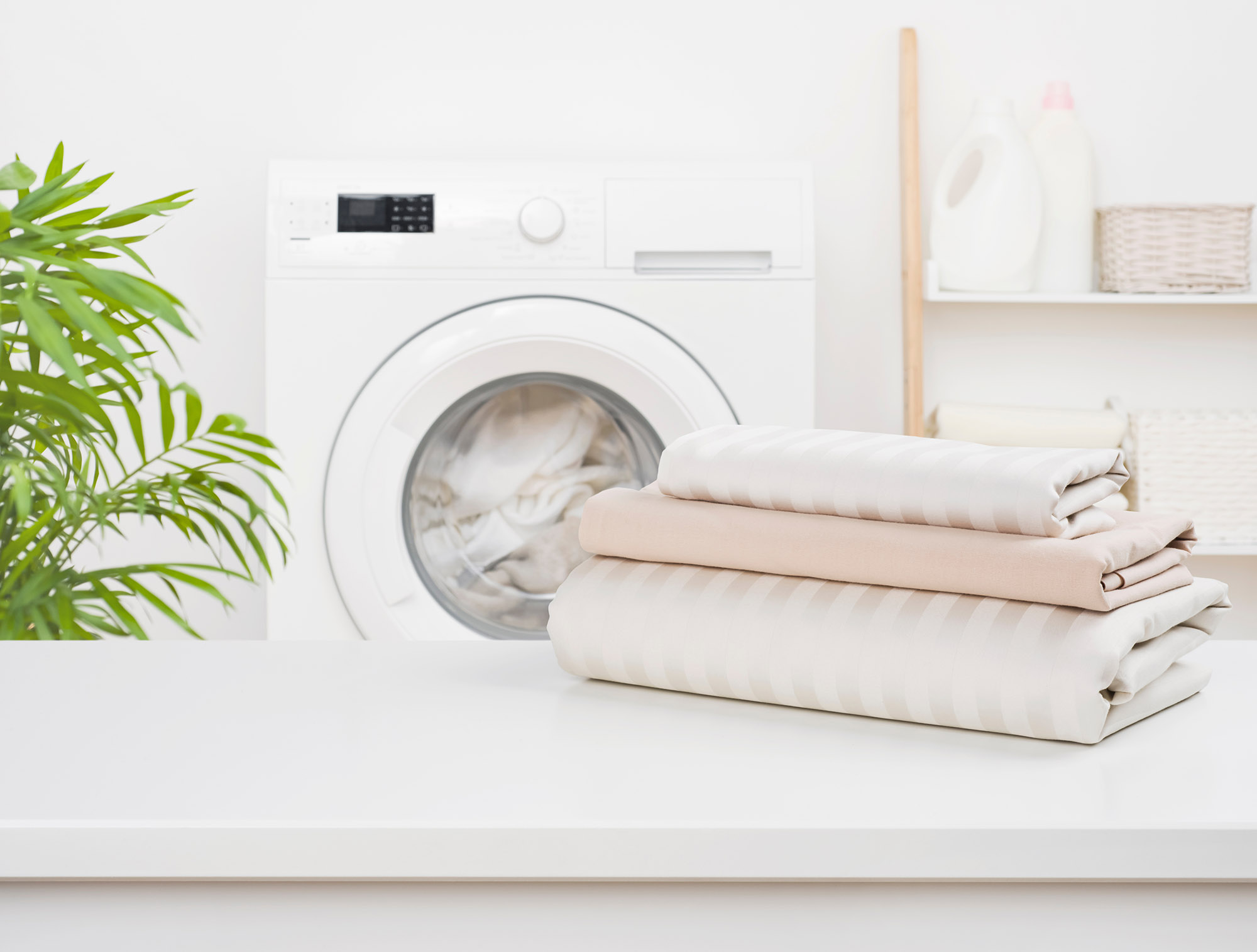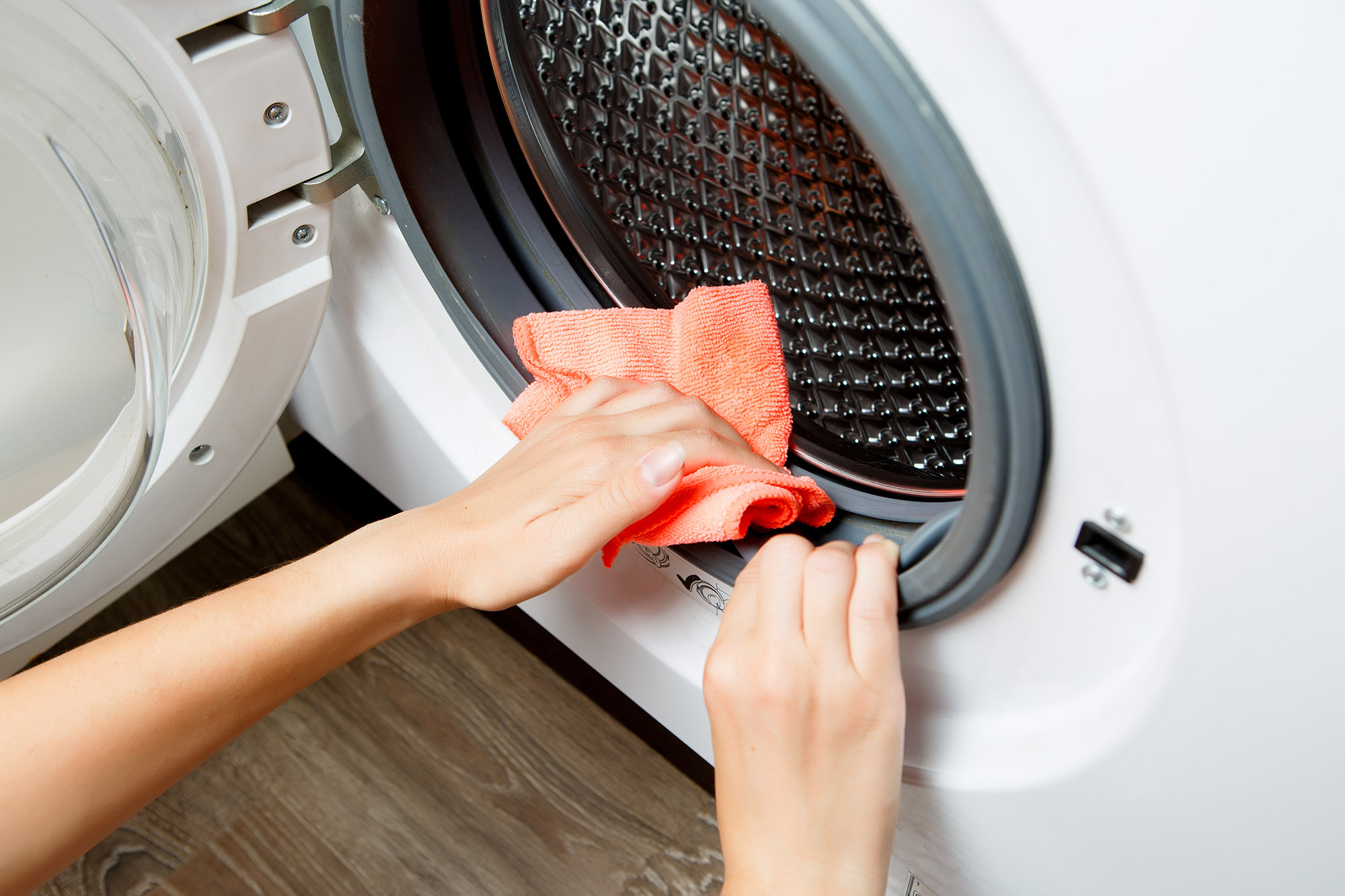Laundry 101: When to Use Hot vs Cold Water
People have a lot of opinions about what temperature you should wash your laundry at. Some people swear by hot water for disinfecting. Others stick to cold to save money or reduce color fading. In this guide we’ll walk you through when to choose hot, warm, or cold water, how those choices affect cleaning, fabric life, and energy bills, and when poor results point to a washing machine repair issue instead of water temperature. By the end, you’ll know which setting to use for towels, bedding, kids’ gear, and everyday clothes, plus quick fixes if your washer under-performs.

Why Temperature Matters
Water temperature affects cleaning power, energy use, and fabric care. Think of temperature as a three-way trade-off:
- Hot (~120°F): Best for oils/grease and hygiene; tougher on dyes and elastics.
- Warm (~90–110°F): Balanced cleaning with moderate wear and energy use.
- Cold (~60–75°F): Lowest cost and gentlest on fabrics; rely on enzyme detergents to keep cleaning performance high.
Because heating water drives most cycle energy, default to cold for routine loads and use warm/hot only when soil level or care tags justify it.
When to Use Hot Water
We only recommend hot cycles when they’ll actually help: think bath towels, post-illness bedding, diapers, athletic towels, and work rags with grease. Hot improves surfactant action and lifts oils, and it’s a strong match with bleach on colorfast whites. Check the tag first, some fabrics and dyes can’t take the heat. Also note: many homes cap water heaters around 120°F, so don’t rely on temperature alone for “disinfecting.” If sanitation matters, add a laundry disinfectant or use your washer’s Sanitize option, then finish with a complete dry.

When to Use Warm Water
Choose warm (90–110°F) for moderately soiled, colorfast everyday items: sheets, tees, uniforms, athleisure, and regular towels. Warm improves detergent dissolve and oil removal with less wear than hot. Skip it for delicates and bleed-prone fabrics. If washing machine performance dips, don’t overload, bump cycle intensity/time, and dose correctly; move to hot only when hygiene or heavy grease demands it.
When to Use Cold Water
Make cold water your default for everyday laundry. It protects dyes, reduces fiber wear, and uses far less energy. Modern detergents use enzymes that activate in cold water (≈60–75°F), so typical food, dirt, and sweat wash out clean without the heat. Cold also helps limit dye bleed and may reduce microfiber shedding from synthetics. If results lag, step up your approach: upgrade to a cold-optimized enzyme detergent, pre-treat stains, choose a longer/heavy-duty cycle, or add oxygen bleach on items that allow it. For heavily soiled loads that still struggle, move up to warm.
Is It the Temperature or the Washer?

If results disappoint after a sensible temperature choice, look to the washing machine. Overloading limits agitation and spin, over- or under-dosing detergent leaves residue or soil behind, and an unlevel washer vibrates out of balance. Maintain the tub and gasket monthly and let the drum dry between cycles. Clothes that end up soaking wet indicate drainage or spin faults (clogged pump filter, kinked hose, or similar).
When cycles, temperatures, and detergent aren’t fixing the problem, the washing machine likely needs attention. Give us a call or book a diagnosis visit and one of our appliance repair techs will happily get to the bottom of your appliance’s problem. We proudly serve Alliance, Canton, and surrounding areas with thorough diagnostics, honest recommendations, and quality repairs that last.
